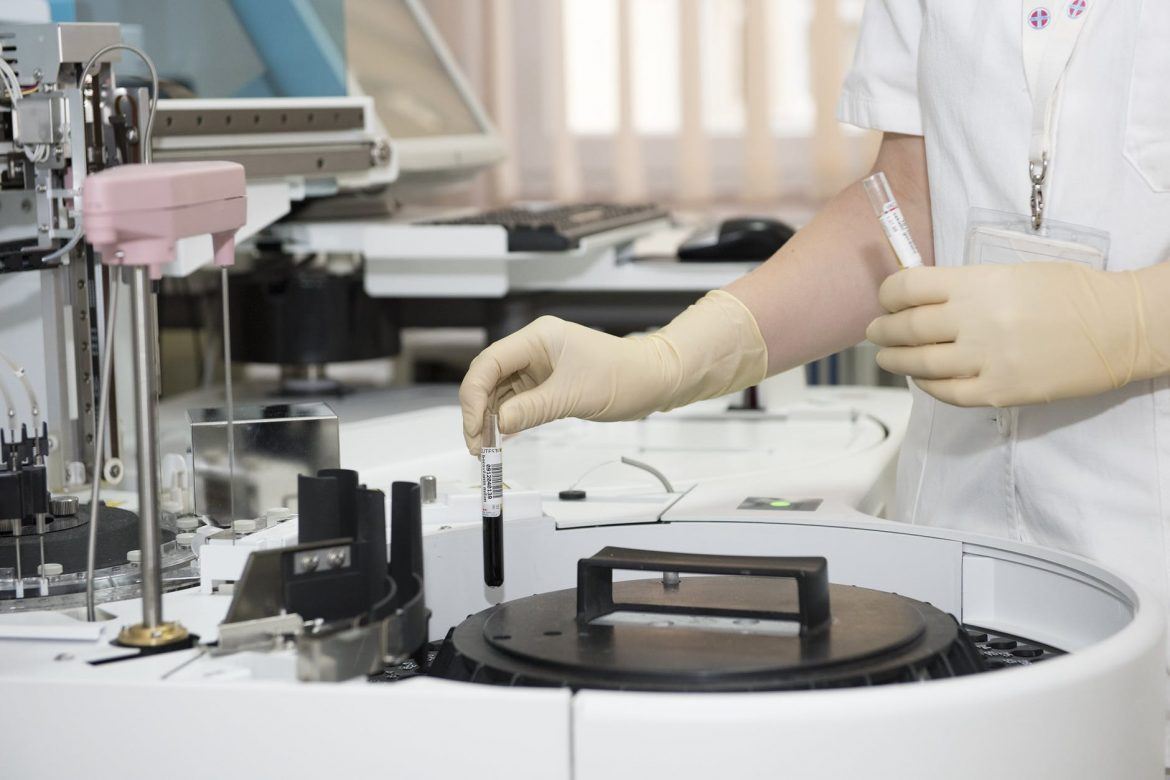Paris, France – Thanks to a laser-equipped mini-microscope developed by a French start-up, scientists have discovered a previously undetected feature of the human anatomy that could help explain why some cancers spread so quickly.
Nobody was looking for the interstitium, as the new quasi-organ is called, because no one knew it was there, at least not in complex form reveled in a study published recently.

A chemist, inventor, and a scientist, Louis Pasteur.
As with many breakthroughs in medicine and science, it was –to paraphrase Louis Pasteur’s oft-quoted dictum – a case of chance favoring the prepared.
In 2015, a pair of doctors at New York’s Beth Israel Medical Center, David Carr-Locke and Petros Benias, found something unexpected while using high-tech endoscopic probe to look for signs of cancer on a patient’s bile duct. There on a screen, clear as day, was a lattice-like layer of liquid-filled cavities that did not match anything found in the anatomy chapters of medical school textbooks.
The doctors shoed the images to a pathologist, Neil Theise who used a thinly sliced fleck of tissue removed from the patient to prepare the kind of glass slides scientists have been peeron at with microscopes for centuries. But the novel layer of tissue simply wasn’t there – or at least it wasn’t visible.

Pathologist Neil Theise looks at medical slides in New York City
Sacha Loiseau, founder and director or Mauna Kea Technologies, which made the camera-equipped probe that had revealed the phantom tissue explained, “The classic microscope on a lab bench magnifies dead tissue from a biopsy that has been dehydrated and treated with chemicals” Loiseau said. The meshwork of liquid bubbles visible in the patient’s body in other words had pancaked in the slides like a collapsed building, leaving hardly a trace.
“This made a fluid-filled tissue type throughout the body appear solid in biopsy slides,”said Theise. “Our research corrects for this to expand the anatomy of most tissues”, added Theise.
Sacha Loiseau said, “We have reinvented the microscope so that it can be inserted into the body of a patient to observe living tissue in its natural environment”.
The result is a virtual, in-vivo biopsy.
The newly found network of fluid-filled pockets, held in place by collagen proteins which are stiff, and more flexible elastin may act like a shock absorber preventing tissue tear as organs, muscles and vessels go through their daily motions.
Once they knew what to look for, the scientists found interstitium throughout the body: below the skin’s surface, lining the digestive tract, in the lungs and urinary tract, and even surrpunding arteries and veins.
Layers long throughout to be dense, connective tissue, it turned out, were in fact interconnected and fluid-filled compartments.
With reports from AFP
Photos: Reuters






